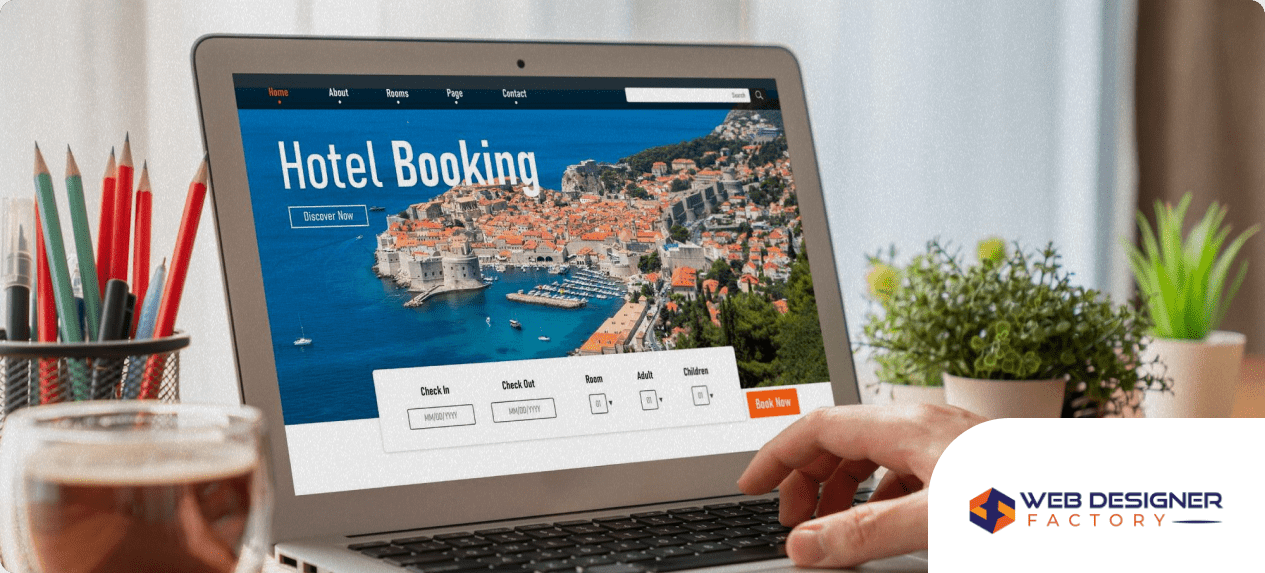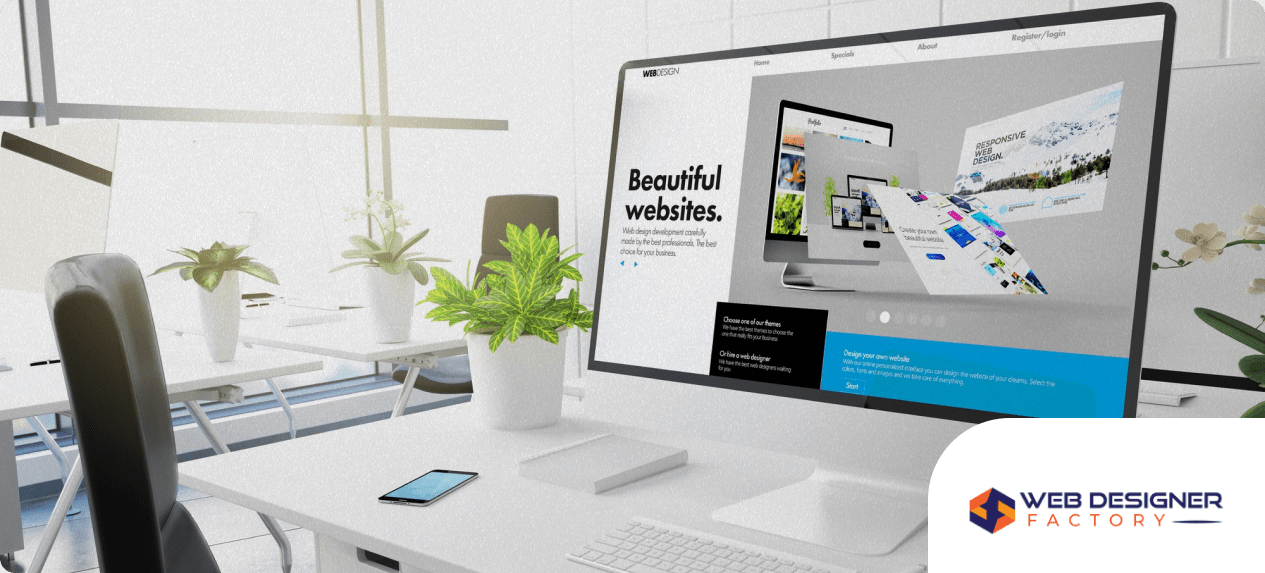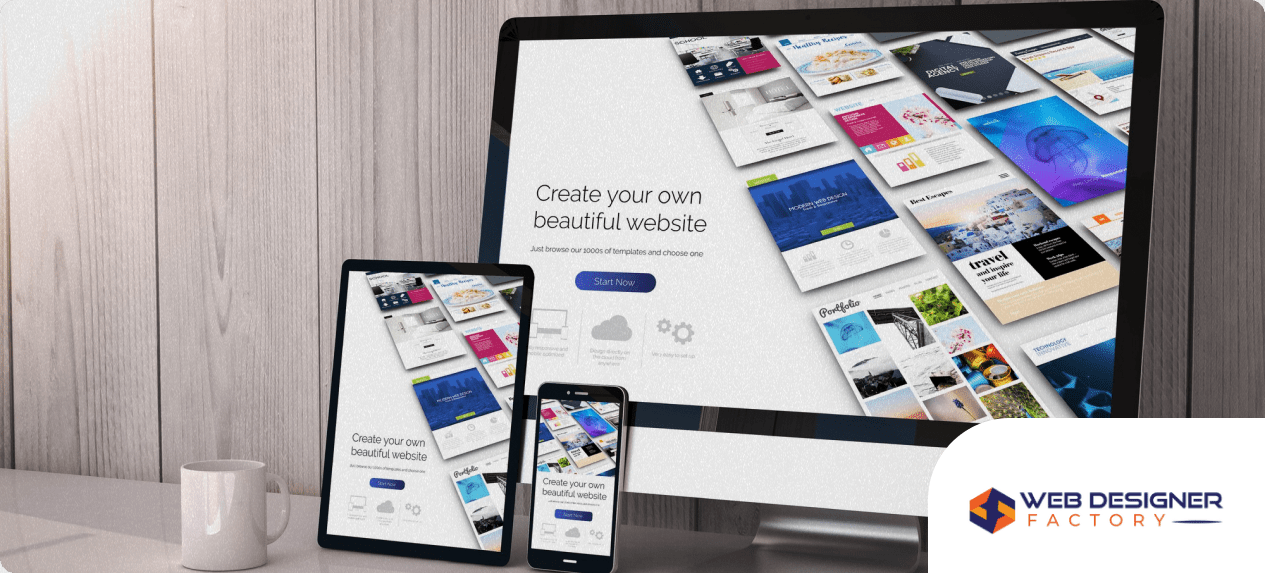Designing a dynamic website is essential for businesses that want to deliver a personalized and interactive user experience. Unlike static websites that serve the same content to all visitors, dynamic websites adjust content in real-time based on user input, behavior, location, or other variables.
At Web Designer Factory, a leading website designer service in Plano, TX, we specialize in developing dynamic websites that are fast, flexible, and user-friendly. In this blog, we’ll walk you through what a dynamic website is, why it matters, and how to build one effectively.
What Is a Dynamic Website?
A dynamic website is built with server-side or client-side scripting languages that allow content to be generated and updated in real-time. These websites connect to databases to pull in relevant data and display it based on user interaction.
Examples of Dynamic Features
- User login and authentication systems
- Personalized dashboards
- Product listings from databases
- Real-time search filters
- Content management systems (CMS)
- Interactive forms and calculators
Platforms like WordPress, Joomla, and custom-coded web applications often power dynamic sites, making them ideal for businesses that need scalability and adaptability.
Benefits of Designing a Dynamic Website
Enhanced User Experience
Dynamic websites provide personalized content based on user behavior, search history, or account preferences. This increases engagement and satisfaction.
Easy Content Management
With a CMS, non-technical users can update content without coding knowledge, streamlining workflow for marketing teams and business owners.
Scalability and Integration
Dynamic sites grow with your business. You can easily integrate third-party tools such as CRMs, eCommerce platforms, payment gateways, and more.
Improved SEO
Dynamic websites can be SEO-friendly when structured correctly. Tools like schema markup, optimized URLs, and responsive design enhance visibility.
Step 1: Plan the Website Structure and Features
Before writing a single line of code or designing a layout, define what your website needs to do.
Questions to Ask
- Who is the target audience?
- What kind of content will the site display dynamically?
- Will users need to log in?
- Do you need integrations with APIs, databases, or third-party platforms?
- What type of CMS (if any) will you use?
At Web Designer Factory, we start every project with a planning session to align your business goals with the right technical solution.
Step 2: Choose the Right Technology Stack
Dynamic websites require a combination of front-end and back-end technologies. The best stack depends on your goals, timeline, and scalability needs.
Popular Tech Stack Options
Front-End:
- HTML5, CSS3, JavaScript
- React.js, Vue.js, or Angular for SPA (Single Page Applications)
Back-End:
- PHP (popular with WordPress)
- Node.js
- Python with Django or Flask
- Ruby on Rails
Database:
- MySQL
- PostgreSQL
- MongoDB
- Firebase
CMS Options:
- WordPress (for flexible content control)
- Webflow (visual interface with custom CMS)
- Headless CMS (like Strapi or Contentful for decoupled architecture)
Step 3: Design Wireframes and UX Flow
Dynamic websites often involve multiple user pathways and interactive elements. Creating wireframes and flowcharts helps map out each step of the user journey.
Wireframe Best Practices
- Use tools like Figma, Adobe XD, or Sketch
- Outline major page templates (home, product listing, blog, dashboard)
- Include key interactive elements (menus, filters, forms)
- Focus on clean navigation and mobile-first layout
We guide Plano businesses through this stage by offering high-fidelity mockups to review before development begins.
Step 4: Develop the Front-End Layout
The front-end is what users interact with. For a dynamic website, your front-end should not only look good, it should function efficiently with the back-end.
Key Considerations
- Use component-based architecture (React, Vue) for reusability
- Integrate responsive design for all screen sizes
- Minimize code bloat to improve loading speed
- Use lazy loading for images and dynamic content
Clean, modern front-end development enhances both user experience and site performance.
Step 5: Build the Back-End Logic and Database Connections
The back-end powers the dynamic functionality. This includes storing and retrieving data, managing users, and controlling permissions.
Tasks to Handle on the Back-End
- Set up a secure database connection
- Create user authentication systems
- Build custom APIs or use third-party ones (e.g., Stripe for payments)
- Sanitize input to prevent injection attacks
- Implement caching to improve speed
For eCommerce or membership-based sites, custom dashboards and analytics are often included in the back-end system.
Step 6: Integrate a Content Management System (Optional)
A CMS allows you to control content without involving developers. Whether it’s blog posts, product pages, or image galleries, you can manage updates in real time.
CMS Features to Look For
- User-friendly dashboard
- Custom content types and fields
- Role-based permissions
- SEO-friendly URLs and meta settings
- Media management
Web Designer Factory helps clients in Plano choose between traditional and headless CMS platforms depending on their flexibility needs.
Step 7: Optimize for Speed, Security, and SEO
Once the design and core features are in place, optimization is essential.
Speed Optimization
- Compress images and scripts
- Use content delivery networks (CDNs)
- Minimize HTTP requests
- Enable GZIP compression
Security
- Install SSL certificate (HTTPS)
- Secure login pages with CAPTCHA
- Use secure APIs and encrypt user data
- Regularly update plugins or frameworks
SEO Enhancements
- Use semantic HTML5
- Implement structured data (schema.org)
- Create XML sitemaps and submit to Google
- Ensure responsive design and fast mobile performance
Dynamic websites that are fast and secure are more likely to rank higher in search engines.
Step 8: Test Across Browsers and Devices
Comprehensive testing ensures your dynamic website works flawlessly for all users.
What to Test
- Form submissions and interactive elements
- Mobile responsiveness
- Speed on 3G/4G connections
- Cross-browser compatibility (Chrome, Safari, Firefox, Edge)
- Database interactions and session timeouts
We use tools like BrowserStack and Google Lighthouse to test performance, accessibility, and responsiveness across devices.
Step 9: Launch and Maintain
Once the site is tested and approved, it’s time to go live. But your work doesn’t end there. Ongoing updates, security patches, and performance monitoring are key to long-term success.
Post-Launch Services
- Hosting and backups
- Plugin and theme updates
- Analytics tracking
- A/B testing and CRO (conversion rate optimization)
- Support and training
Web Designer Factory offers full website maintenance packages to keep your dynamic site running at peak performance.
Final Thoughts
Designing a dynamic website requires careful planning, technical expertise, and a user-first mindset. When done right, it gives your business a flexible, interactive platform that grows with your needs and delivers a superior experience to users.
At Web Designer Factory, we specialize in dynamic website design for businesses in Plano, TX, and beyond. Whether you’re launching a startup site or scaling an enterprise solution, we create digital platforms that are fast, functional, and built for growth. Looking to build a dynamic website for your business? Contact Web Designer Factory today and schedule a consultation. We’ll help you bring your vision to life, efficiently, securely, and with results in mind.






